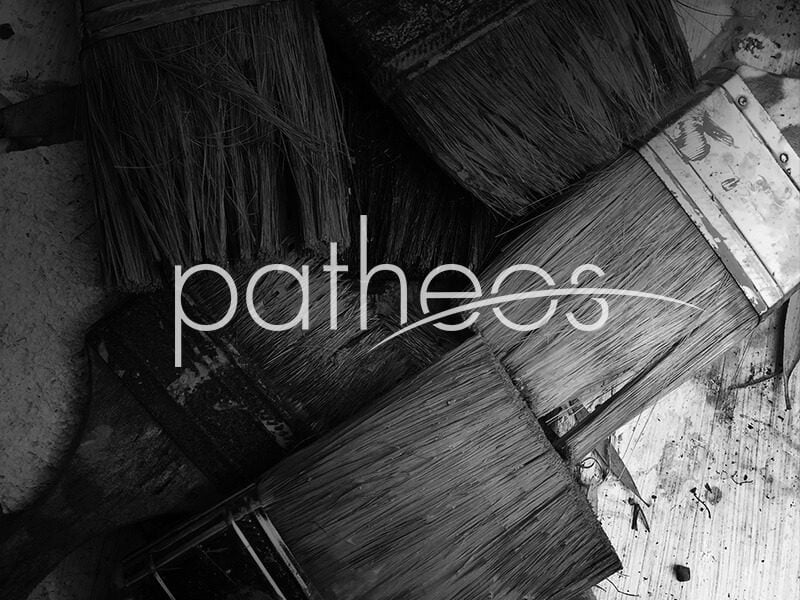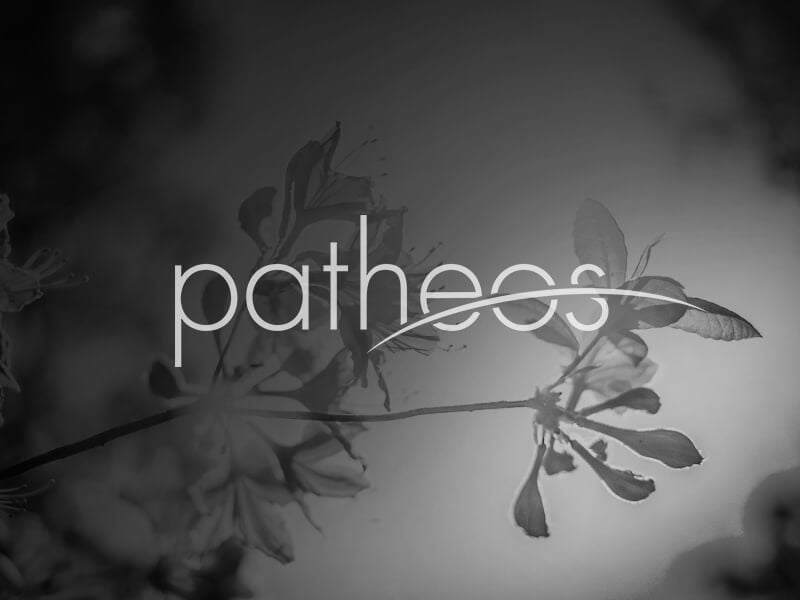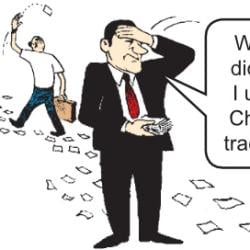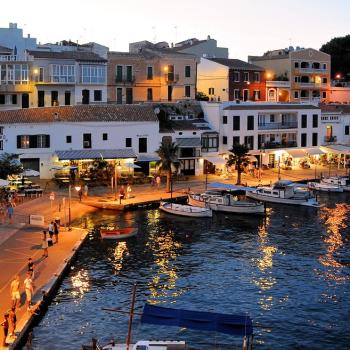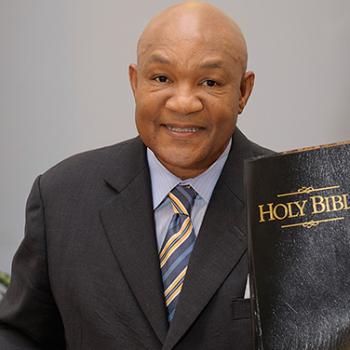Jesus’ body is placed in a tomb and a “great stone” rolled in front of it. Can He move the stone? That is to say: Is He truly a greater Jacob, who set up a stone where angels descended (Genesis 28:18), who rolled away a large stone to open a well for Rachel the shepherdess (Genesis 29:10)? That is to say: Is He truly able to tear down temples, leaving not one stone on another? Is He greater than... Read more


